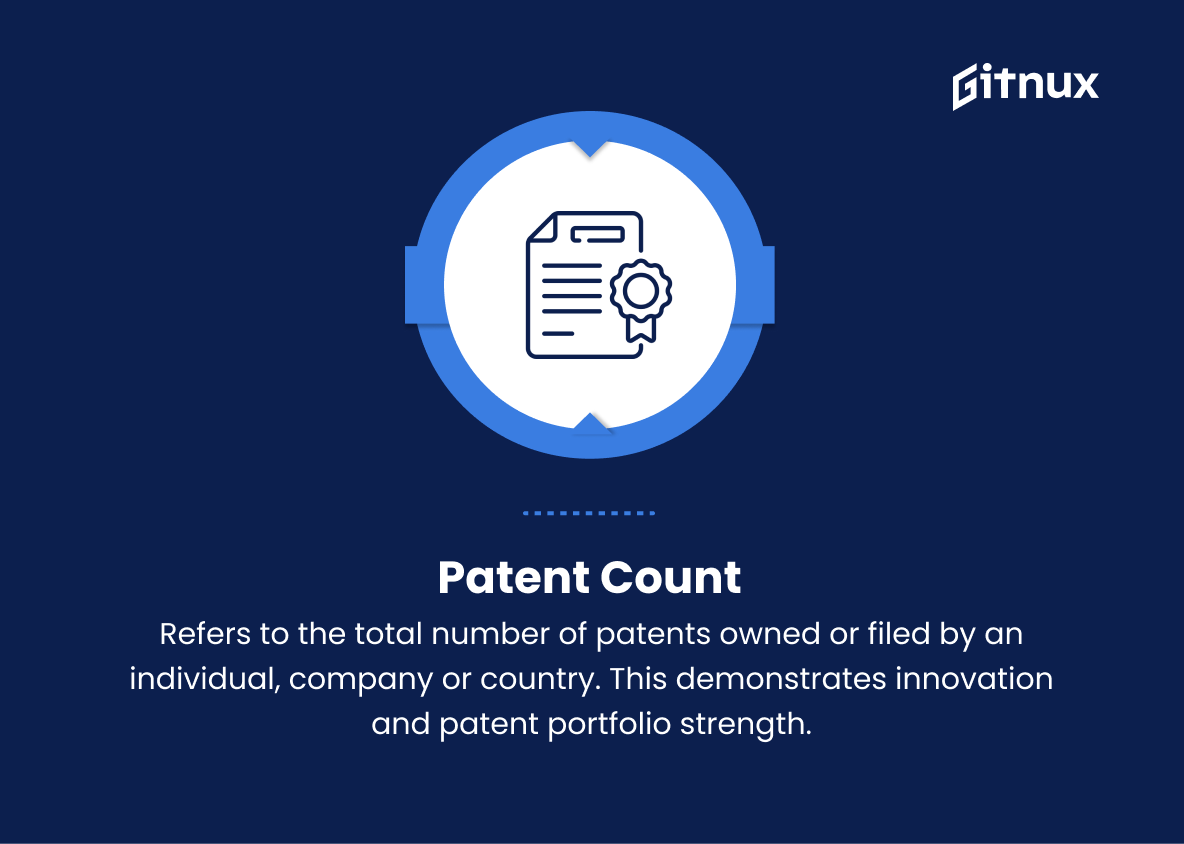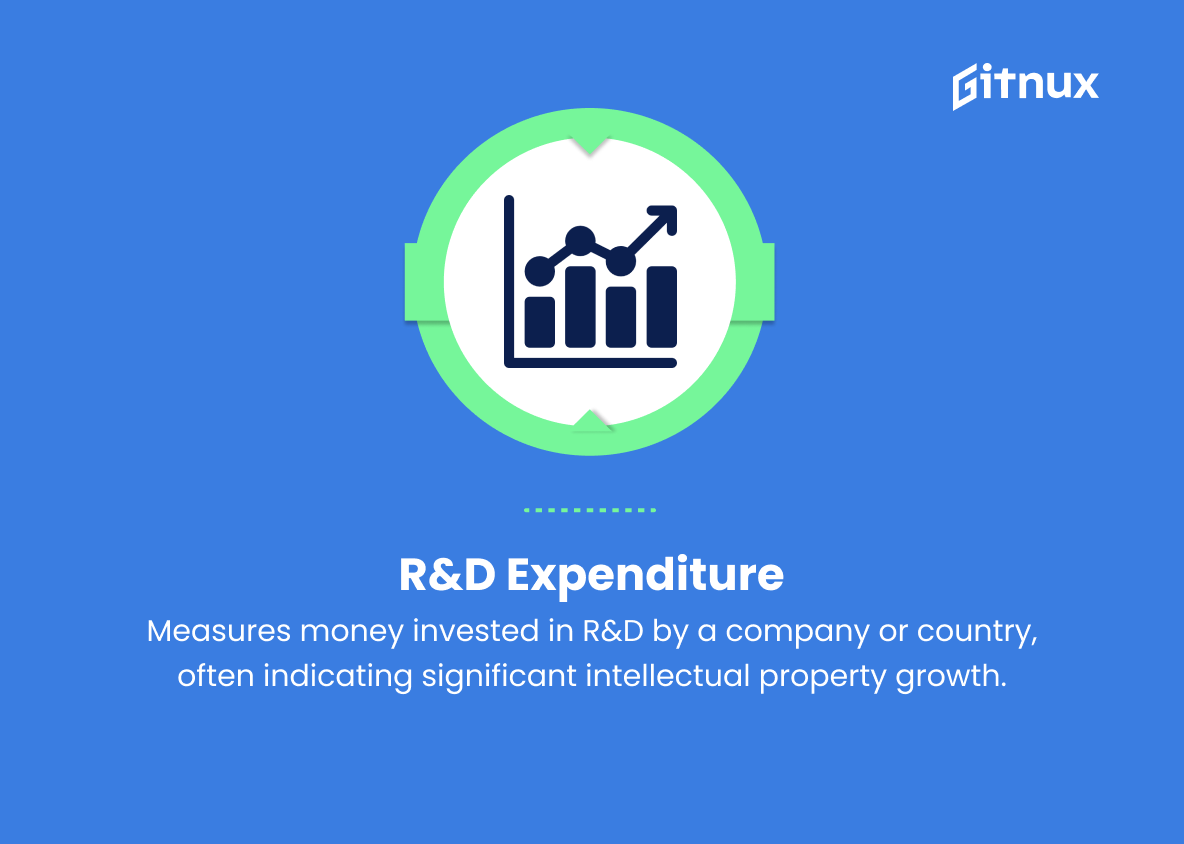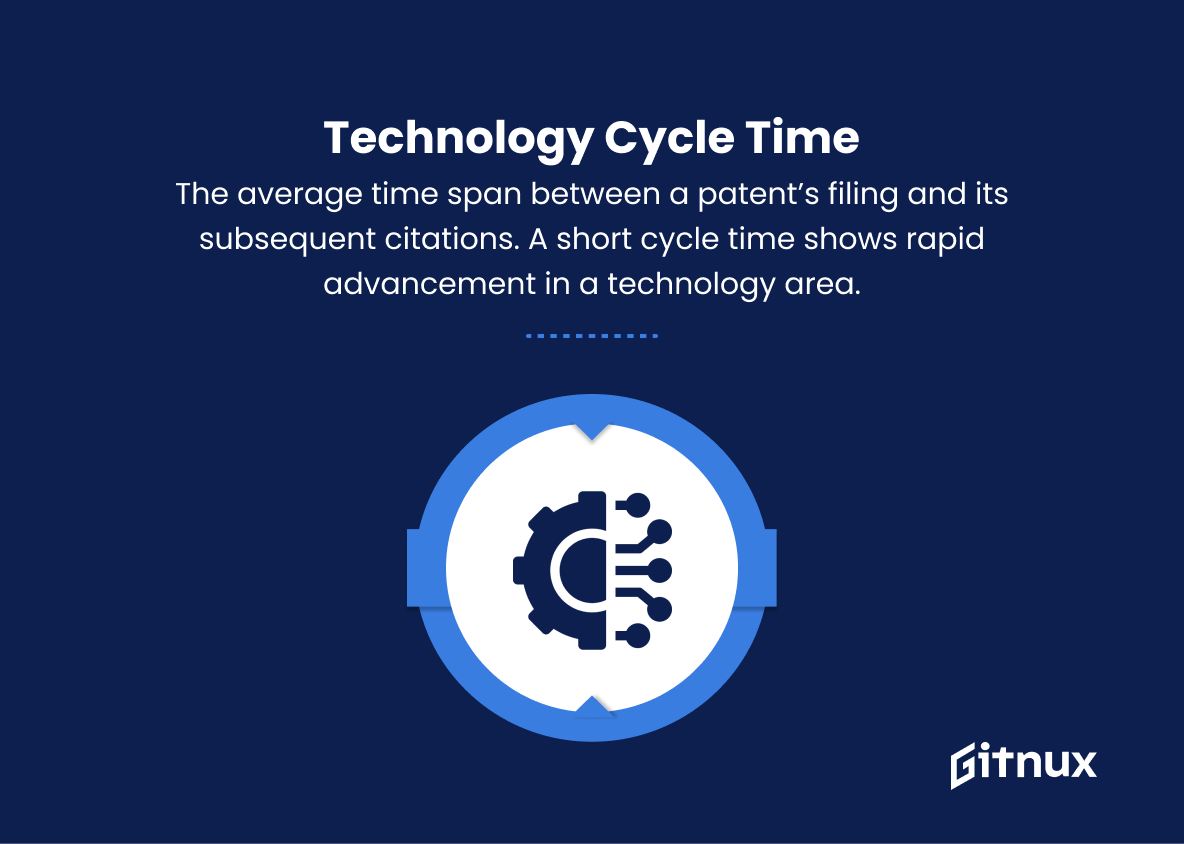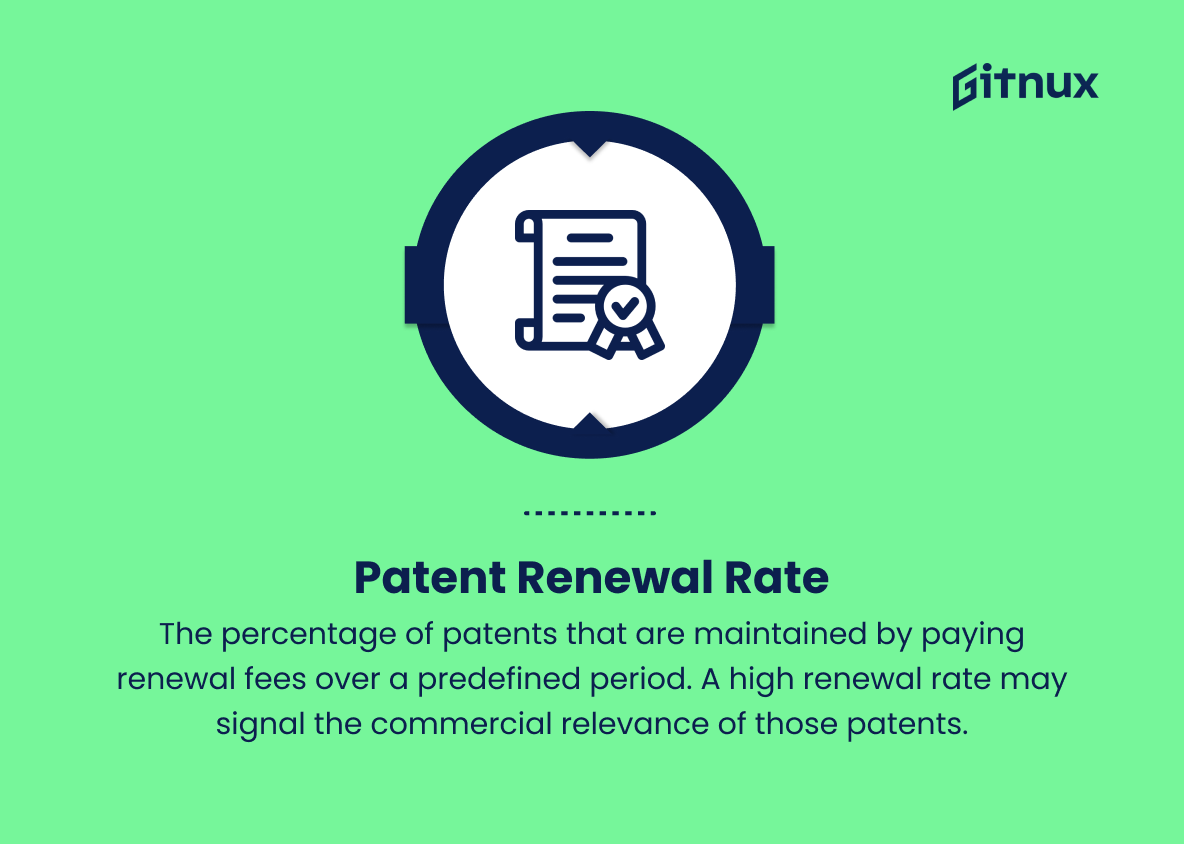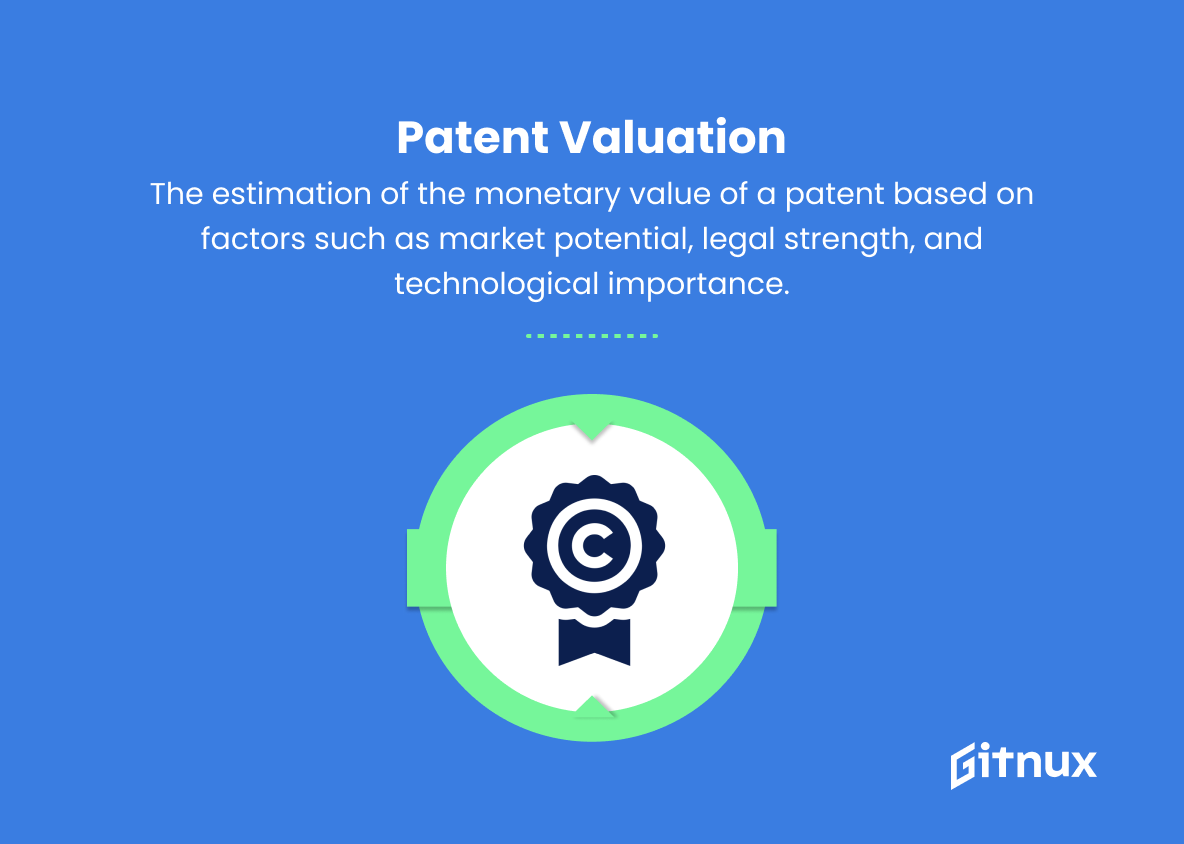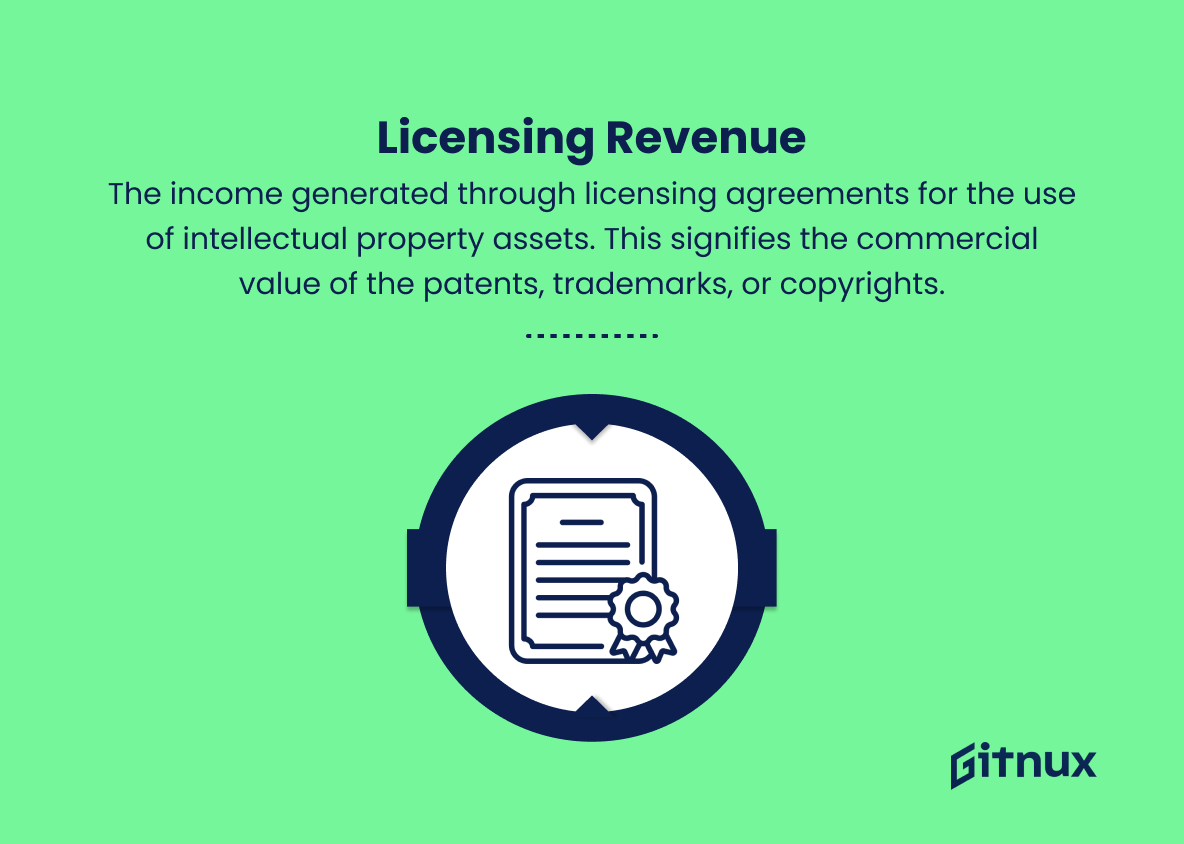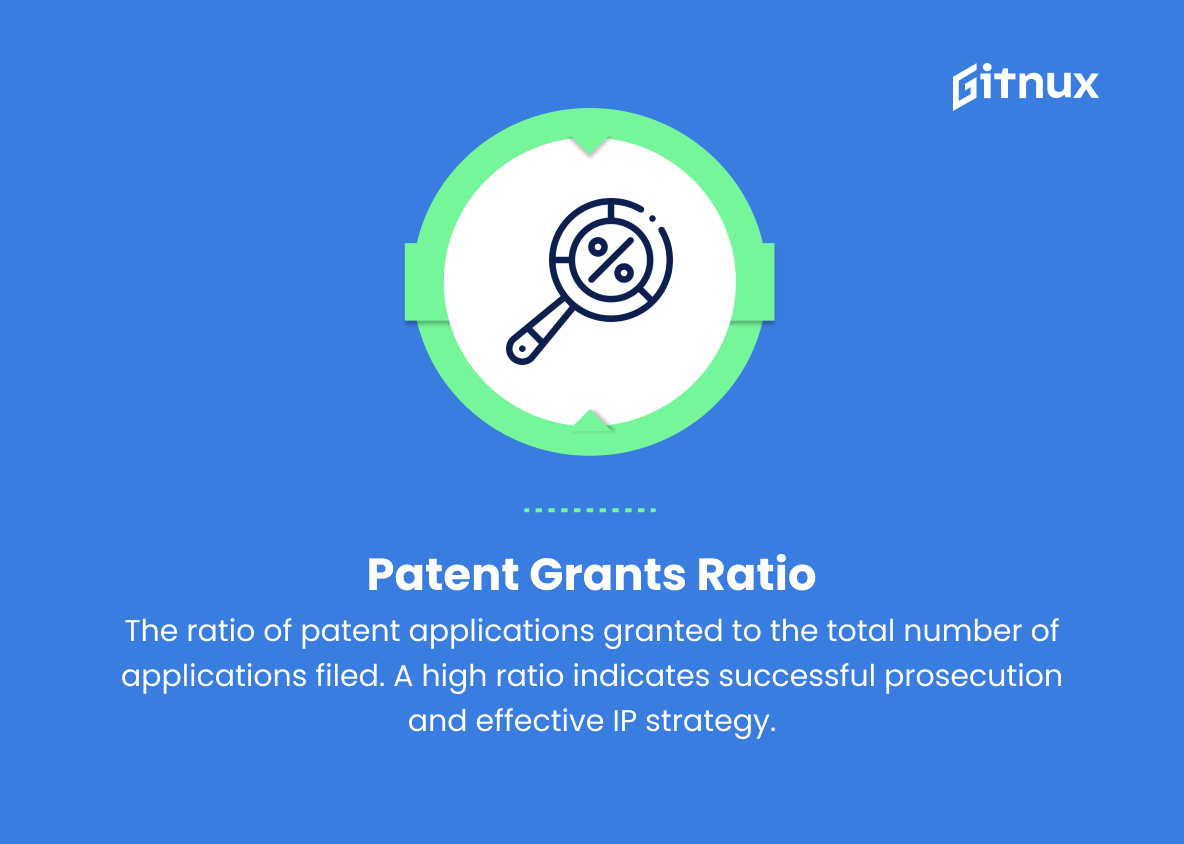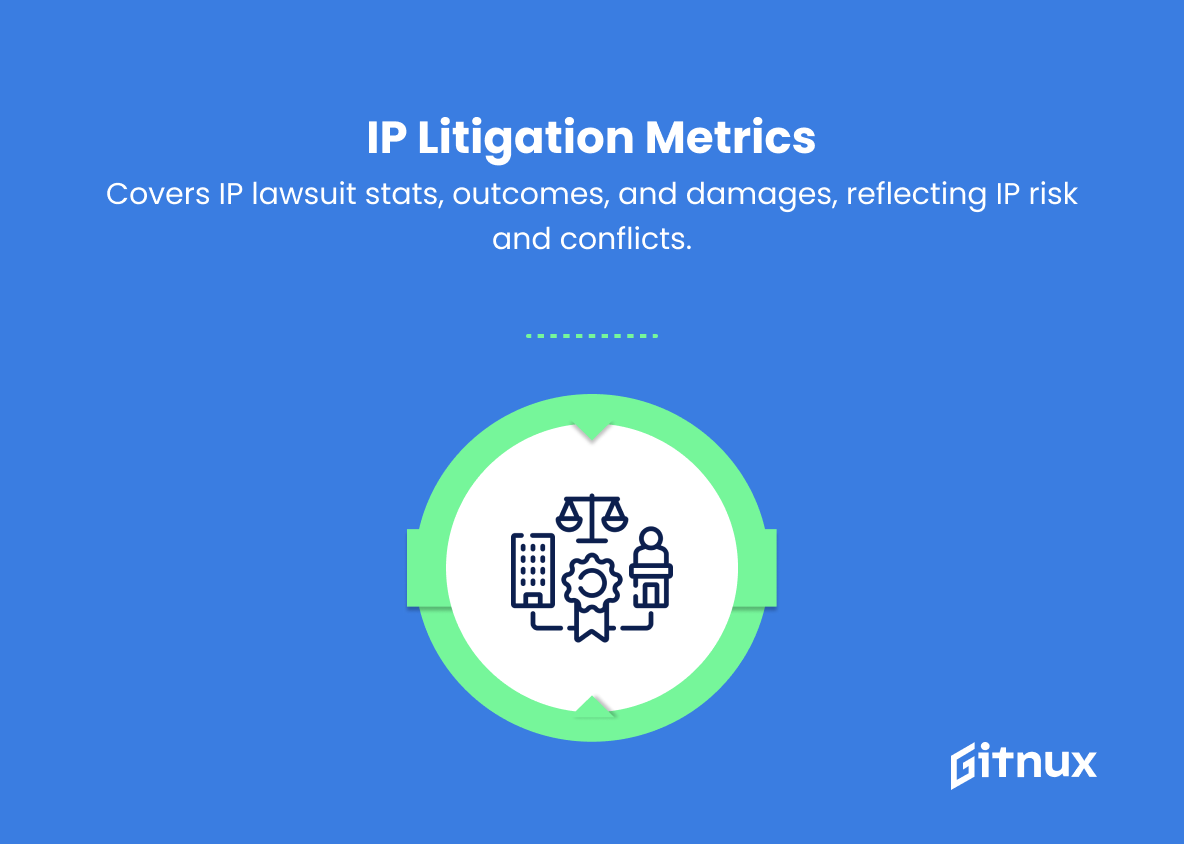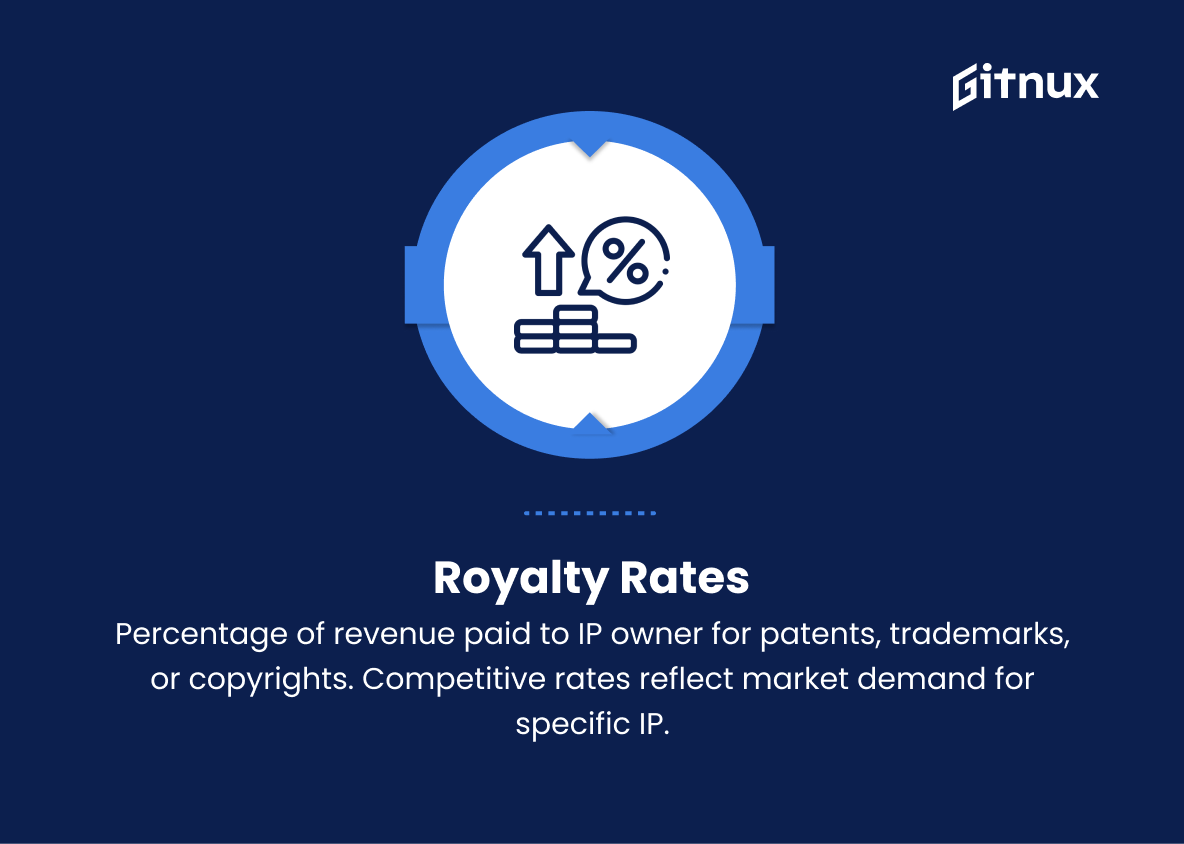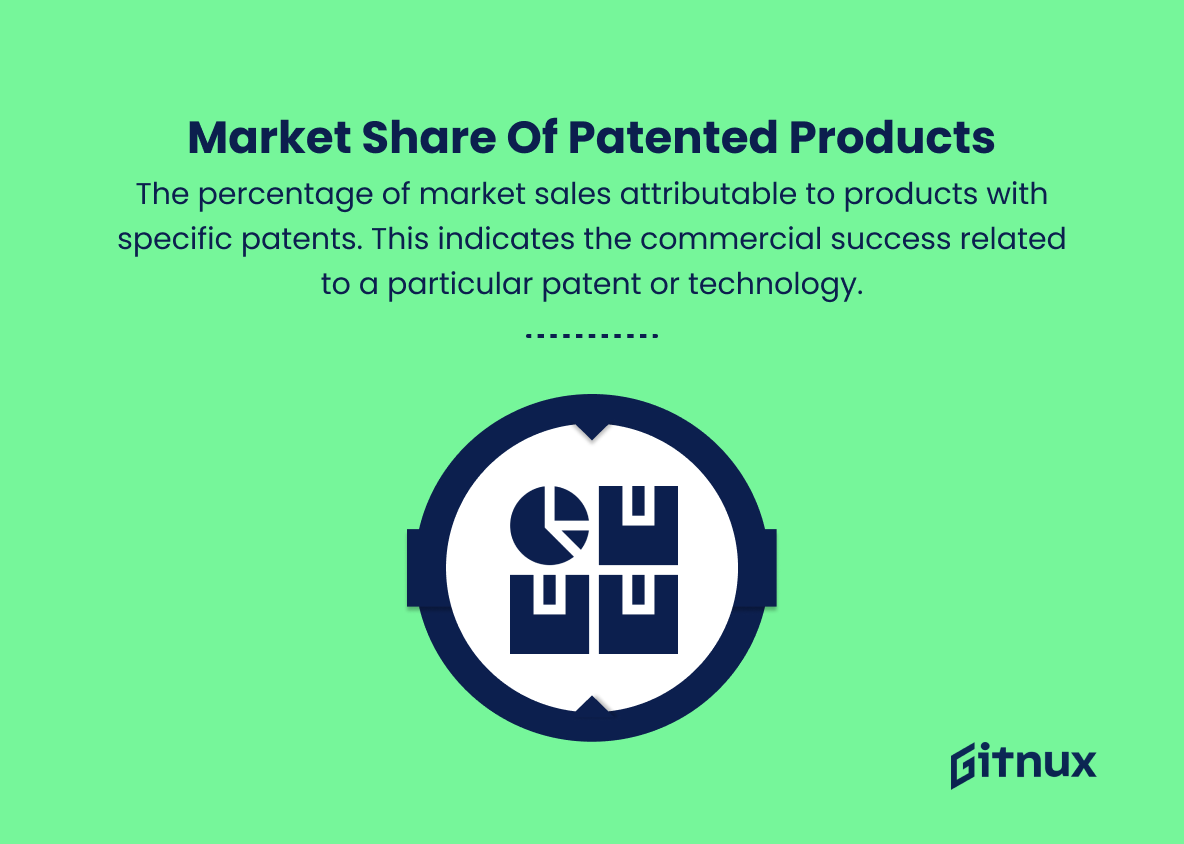In today’s rapidly evolving knowledge-based economies, intellectual property (IP) has emerged as a crucial driving force shaping business strategies and fostering innovation. As a result, the importance of effectively measuring and managing IP assets has never been greater.
This comprehensive blog post delves into the world of Intellectual Property Metrics, seeking to equip readers with a thorough understanding of the various approaches and methodologies utilized to assess, track, and optimize these invaluable intangible resources. By shedding light on IP’s multifaceted nature and the diverse metrics employed to quantify its impact on businesses, this post aims to empower intellectual property owners and stakeholders in maximizing the potential of their most critical assets.
Intellectual Property Metrics You Should Know
1. Patent count
Refers to the total number of patents owned or filed by an individual, company or country. This demonstrates innovation and patent portfolio strength.
2. Patent citation count
Refers to the number of times a patent is cited by other patents or publications. A high citation count indicates the significant influence of that patent on the technology field.
3. R&D expenditure
Measures the amount of money invested in research and development activities by a company or country. A high R&D expenditure usually correlates with substantial intellectual property development.
4. Technology cycle time
The average time span between a patent’s filing and its subsequent citations. A short cycle time shows rapid advancement in a technology area.
5. Patent renewal rate
The percentage of patents that are maintained by paying renewal fees over a predefined period. A high renewal rate may signal the commercial relevance of those patents.
6. Patent valuation
The estimation of the monetary value of a patent based on factors such as market potential, legal strength, and technological importance.
7. Trademark count
Total number of trademarks registered by a company or country. A high count demonstrates brand equity and marketing efforts.
8. Licensing revenue
The income generated through licensing agreements for the use of intellectual property assets. This signifies the commercial value of the patents, trademarks, or copyrights.
9. Patent grants ratio
The ratio of patent applications granted to the total number of applications filed. A high ratio indicates successful prosecution and effective IP strategy.
10. Number of trade secrets
The total number of trade secrets a company possesses. Though difficult to quantify, trade secrets can offer substantial competitive advantages.
11. Copyright registrations
Number of copyrights granted for literary, artistic, and musical works. This shows the creative output and cultural influence of a company or country.
12. IP litigation metrics
Includes information on the number of IP lawsuits, their outcomes, and damages awarded. High litigation rates may indicate the degree of risks and potential conflicts in an IP domain.
13. Royalty rates
The percentage of revenue paid to the IP owner for using their patents, trademarks or copyrights. Competitive royalty rates reflect the market demand for specific technologies or IP.
14. Market share of patented products
The percentage of market sales attributable to products with specific patents. This indicates the commercial success related to a particular patent or technology.
15. IP diversification
Measurement of the diversity of a company’s or country’s IP portfolio in terms of technological fields, industries, or application areas. A diverse IP portfolio may enhance resilience and growth potential.
Intellectual Property Metrics Explained
Intellectual Property Metrics are crucial in assessing the innovation, commercial value, and overall strength of an individual, company, or country’s IP portfolio. Metrics such as patent count, patent citation count, and R&D expenditure highlight the innovation and technological importance of the patents within the field. Technology cycle time and patent renewal rate showcase the rate of technological advancement and commercial relevance of the patents, while patent valuation and licensing revenue indicate the monetary value and market potential of the IP assets.
Trademark count, number of trade secrets, and copyright registrations signify the brand equity, competitive advantages, and cultural influence associated with the IP. The analysis of IP litigation metrics, royalty rates, and market share of patented products offers insights into potential conflicts, industry demands, and commercial success related to specific IP. Lastly, IP diversification ensures resilience and promotes growth potential by spreading risk across various technological fields, industries, and application areas.
Conclusion
In conclusion, intellectual property metrics play a crucial role in understanding the value, impact, and potential growth of businesses today. These measurements offer insights into a company’s innovation capabilities, competitive edge, and financial worth, making it indispensable for both creators and investors in the knowledge-driven economy.
As we continue to witness the rapid advancement of technology and the expansion of global markets, it is essential for businesses to effectively integrate and leverage IP metrics in their strategic planning and decision-making processes. Doing so will not only maximize the potential of their intellectual assets but also contribute to the sustainable development and long-term success of their ventures.
